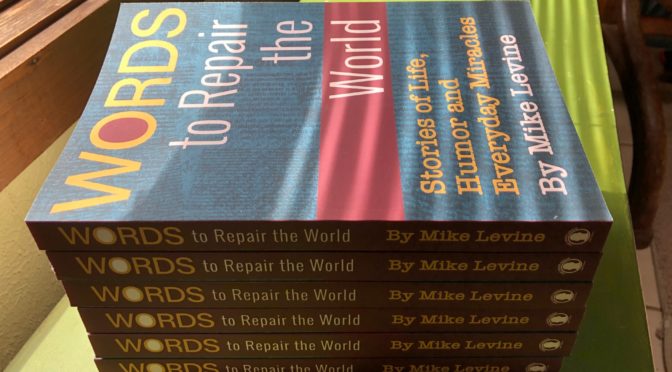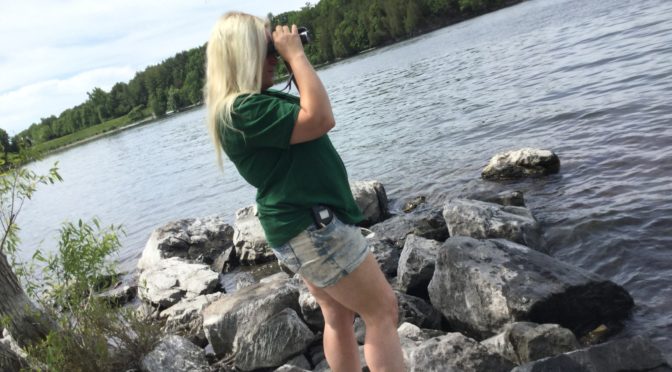For more than 20 years, Mike Levine was a columnist at the Times Herald-Record in Middletown, N.Y. His name was as well known in the region as Jimmy Breslin’s was in New York City.
To readers, he was “Mike Levine.” To his colleagues, he was “Mike.” And to the politicians he pissed off, he was “Levine.”
In life, Mike was a short guy, but in the world of journalism and in the Times Herald-Record newsroom, he was a towering figure.
My first encounter with him was when I was a new reporter. He was hunched over his computer at a corner desk littered – emphasis on “litter” – with papers and food wrappers.
An editor working with me on a project consulted with Mike about the opening to a story. Mike offered some writing tips and returned to his work.

Little did I know that that fleeting encounter would be my introduction to a man who would change my life: He became a mentor and cheerleader for my work and career.
I teamed with Mike on a couple of projects while he was a columnist and later, when he became executive editor, he helped advance my career as an editor.
Few things meant as much to a reporter than having Mike praise a story. I think he was a father figure to many of us, and we always sought his approval.
Mike was an enormously talented writer whose columns championed the unsung heroes of life: the school janitor who looked out for kids, the single mom struggling to make ends meet, the hometown doctor who dedicated his life to his patients.
By the end of any column, the power of his words could make you feel humility, gratitude or outrage — or leave you laughing or in tears.
His columns were compact and not at all stuffy the way some newspaper writing can be. His writing did not read like homework.
Most of his brilliance whirred inside his head, meaning he made a passable impersonation of being semi-organized.
But by the end of the day, his tie was askew, his shoes were untied, his shirt-tail was hanging out, and his reading glasses (one of five he bought from the drugstore) were horribly smudged.
Despite his popularity and stature in journalism, he had no airs and graces. He was very much the everyman-working-class-guy he wrote about.
Mike died in 2007 at the age of 54. The great big heart that he put into his family and work gave out. It was an unimaginable loss.
Upon his death, Pete Hamill, the author, columnist and former editor of the New York Post, said, “Mike was one of the best newspapermen I ever knew, full of passion for our poor imperfect craft.”

In the months that followed, there were discussions in the Times Herald-Record family about picking out the best of Mike’s columns and publishing them in a book.
But, you know, life happened: Careers advanced. People moved. Seasons passed.
Then in July 2015, in a burst of inspiration (or sheer hubris and/or insanity), I told my wife, Meg McGuire, who was Mike’s managing editor, and Mike’s wife, Ellen: You know, I’d like to take a crack at this.
It took me nearly four years to go through all 2,219 of his columns to pick the best 76, find a publisher and clear endless proofing and production hurdles.
The result? “Words to Repair the World: Stories of Life, Humor and Everyday Miracles” was published last month.

The title comes from “Tikkun olam,” Hebrew for “repair of the world.”
It was a belief reflected in his columns. Mike privately talked about his moral obligation to contribute to repairing the world.
Yes, the work to make the book happen was tedious and felt never-ending but it was a labor of love. All the proceeds go to the Mike Levine Journalism Education Fund to support training for journalists.
The work was also cathartic. It gave me a chance to celebrate his writing and pay it forward.
I still miss Mike.
Nothing will ever replace the void he left behind, but the book did help me repair the part of my world that was broken by his death.
For more about Mike and this book, please go to mikelevinebook.com







